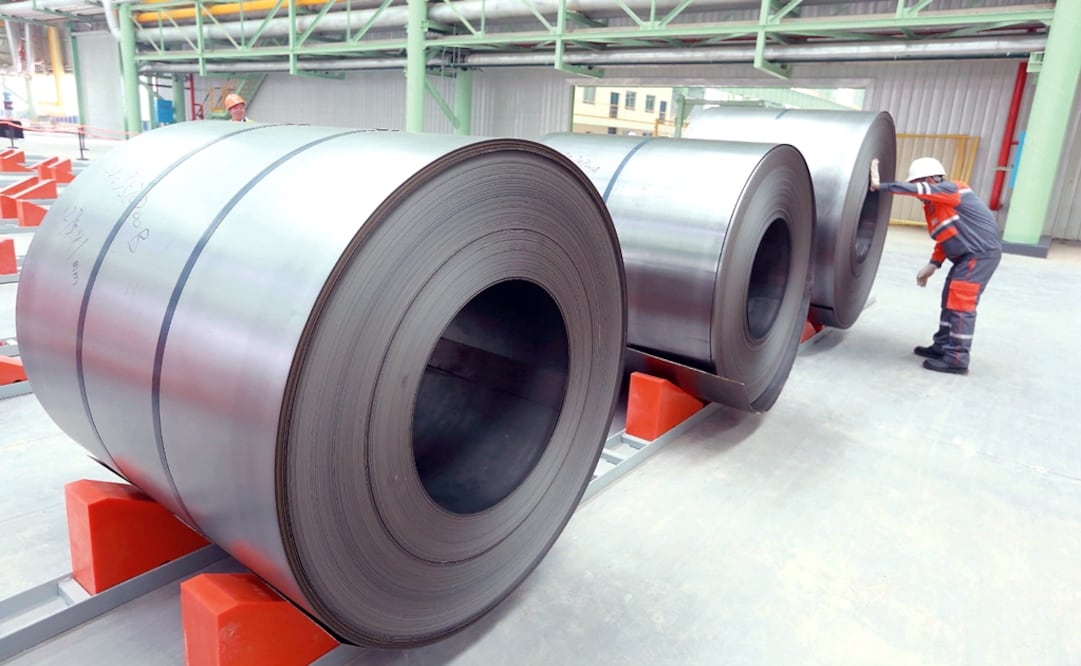The Mexican government recently presented a letter before the World Trade Organization (WTO) , calling for a revision of tariffs that the U.S. imposed on Mexico last year on steel (25%) and aluminum (10%).
The Trump administration had originally imposed tariffs on steel and aluminum imports alleging that they “posed a threat national security” in what is known as section 232 .
The decision was meant to put pressure on countries that did not wish to negotiate trade restrictions with the U.S. Countries such as Argentina, Australia, Brazil, and South Korea were also affected .
For this reason, on June 7, 2018, the Mexican government filed a complaint before the WTO, aiming to solve the issue through a consultation procedure. However, since the problem could not be solved by November 2018, the organization informed that it would create a conflict resolution panel to address the tariffs.
The letter that was sent to the WTO claims that the tariff measures imposed by the Trump administration are in direct violation of the WTO safeguards agreement.
The panel of judges was formed on January 25, 2019 and on May 1, Mexico presented a document before WTO judges arguing that Mexican steel and aluminum did not compromise national security in the U.S.
“We are, I think, close to negotiating the lifting of the tariffs,” Mexican Economy Minister Graciela Márquez told Canadian broadcaster CBC after meeting with Canadian Foreign Minister Chrystia Freeland in Toronto.
“We’re having very fruitful conversations on lifting the tariffs not only in the U.S. but also here in Toronto.”
Mexico and Canada imposed tariffs on various U.S. products last year in response to Trump’s metals duties. The Mexican government says it could soon swap out some goods from its list for others to spread the pain across the U.S. economy.
Earlier, Márquez said a new target list of U.S. products had been completed, and only needed approval from other officials, including President Andrés Manuel López Obrador . That process would likely take at least two to three weeks, she said.
Her remarks, and those of a business leader involved in efforts to lift the tariffs and secure passage of the United States-Mexico-Canada Agreement (USMCA) , suggested there may be scope to resolve the spat before fresh tariffs are imposed.
Mexico’s push to have the metals tariffs lifted has become bound up with its efforts to secure U.S. ratification of USCMA, which was signed by the three countries’ leaders on Nov. 30 to replace the 25-year-old North American Free Trade Agreement.
Mexicans lobbying for USMCA approval have focused their attention more on Democratic lawmakers since Democrats took control of the U.S. House of Representatives in January.
Speaking on condition of anonymity, a Mexican official said any revised retaliatory tariffs would lean more than before toward Democrats’ districts to impress on them the need to lift the metals duties, and pave the way for USMCA ratification.
When asked in a news conference if Mexico would target Democratic constituencies to encourage more U.S. lawmakers to argue for an end to the metals duties, Márquez said the new measures included economic and political components.
Democrats have said they will not ratify USMCA unless Mexico delivers on a pledge to enact stronger labor provisions. Mexico’s Congress passed a law that strengthens the rights of trade unions near the end of last month.
U.S. Republican lawmakers have already signaled that Trump will need to drop his metals tariffs to pass USMCA.
U.S. Republican Chuck Grassley
, who chairs the Senate Finance Committee, said last month there was no chance of ratifying the new trade pact until the tariffs were gone.
Participants in the process see progress.
Moisés Kalach, a leader of the CCE business lobby
, which represented Mexico’s private sector in the USMCA talks, told Reuters the original retaliatory tariffs were having the desired effect and saw no need to apply a new round of measures yet.
dm
Noticias según tus intereses
[Publicidad]
[Publicidad]















